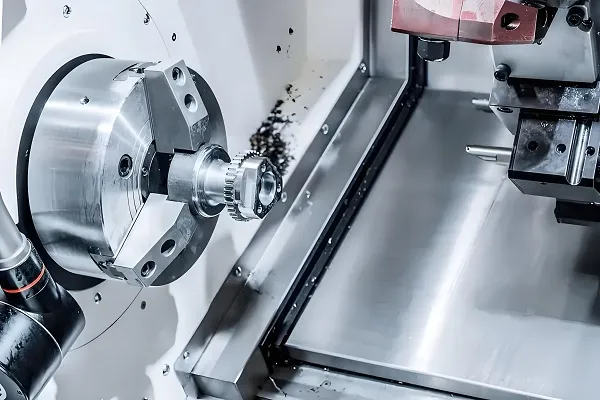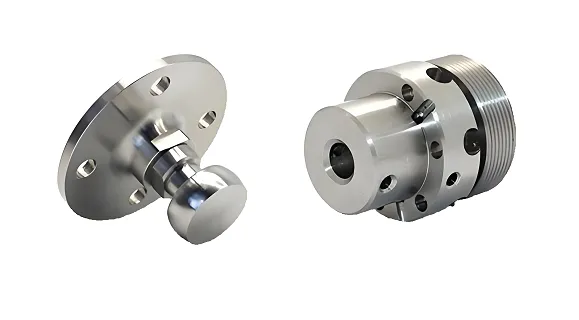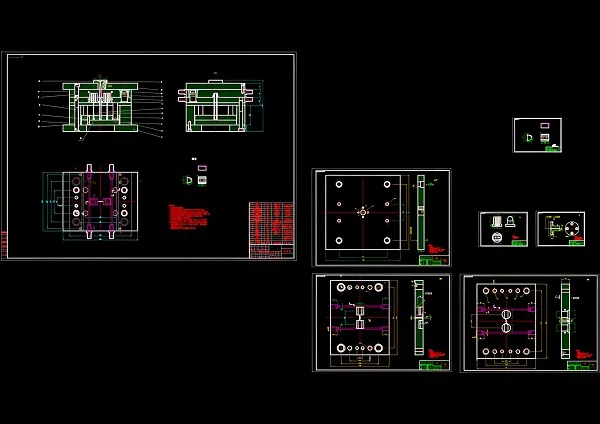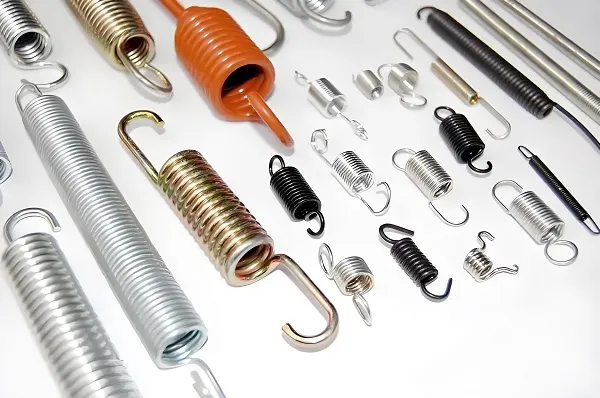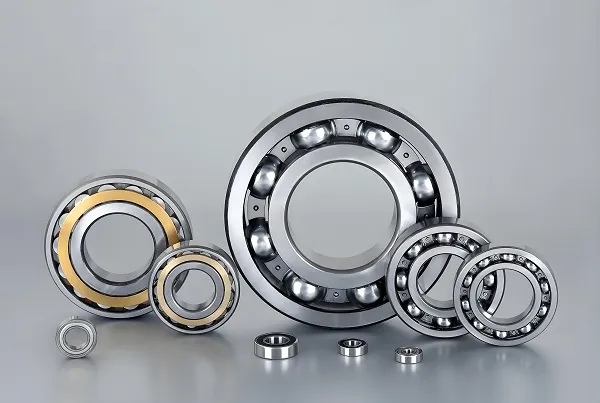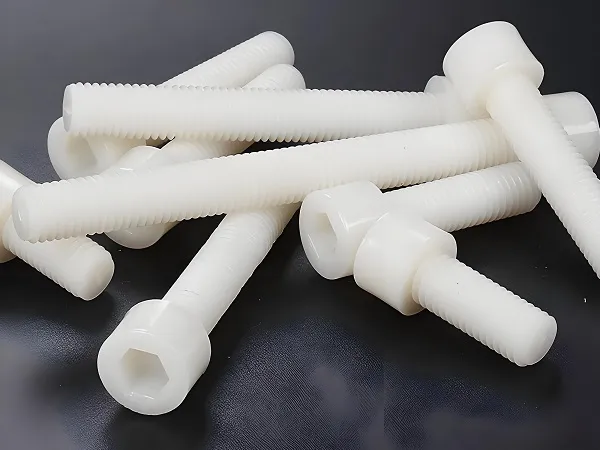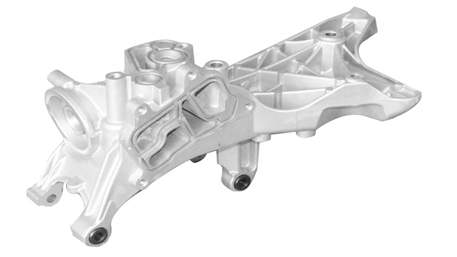
I. Brief Overview of CNC Machining of Auto Parts
CNC machining of auto parts refers to the precise manufacturing process of auto parts using computer numerical control technology. With the rapid development of the automotive industry, the requirements for the precision, quality, and complexity of parts are getting higher and higher. CNC machining has become an important means of auto parts production due to its high precision, high efficiency, and high flexibility.
II. How to Customize CNC Machining of Auto Parts
Clarify requirements: Communicate with automotive manufacturers or parts suppliers to determine the function, specification, performance requirements, and quantity of the required parts.
Design solution: Professional engineers use software such as CAD to design the parts, considering factors such as assembly relationship and mechanical properties.
Select the appropriate CNC machining factory: Evaluate the equipment capacity, technical level, quality control system, and delivery capacity of the factory.
Provide technical documents: Provide detailed design drawings, process requirements, and quality standards to the machining factory.
III. Materials for CNC Machining of Auto Parts
Steel: Including carbon steel, alloy steel, etc., often used in manufacturing engine components, chassis parts, etc., with high strength and good wear resistance.
Aluminum alloy: Widely used in body structures, engine blocks, etc., due to its light weight, high strength, and good thermal conductivity.
Engineering plastics: Such as nylon, polycarbonate, etc., used for manufacturing interior parts, shells of electrical components, etc.
Cast iron: Commonly used in manufacturing brake system components, transmission cases, etc., with good shock absorption and wear resistance.
IV. CNC Machining Process of Auto Parts
Programming: Based on the design drawings, use CAM software to generate the CNC machining program, determining the tool path, cutting parameters, etc.
Raw material preparation: Select materials that meet the requirements and perform preprocessing such as cutting, forging, or casting to form blanks.
Clamping and positioning: Fix the blank on the CNC machine tool to ensure stability and accuracy during the machining process.
Rough machining: Remove most of the allowance and initially form the approximate shape of the part.
Semi-finish machining: Further improve the shape accuracy and dimensional accuracy to prepare for finish machining.
Finish machining: Achieve the final design size and surface quality requirements.
Quality inspection: Use equipment such as coordinate measuring machines and hardness testers to inspect the size, shape, hardness, etc. of the parts.
V. Customization of CNC Machining of Auto Parts
Prototype development: Customize a small number of part prototypes during the research and development stage of new vehicle models for performance testing and design verification.
Small batch production: Meet the small batch production of parts for specific vehicle models or special needs.
Personalized modification: Provide customized parts for the automotive modification market to meet the personalized needs of vehicle owners.
VI. Application Cases of CNC Machining of Auto Parts
Engine blocks and cylinder heads: Achieve high-precision machining of cylinder bores, valve seat rings, and other parts through CNC machining.
Transmission gears and shafts: Complex tooth shapes and high-precision shaft parts require CNC machining to ensure performance.
Body panel molds: Such as stamping molds for doors, engine covers, etc., require high-precision CNC machining to ensure the quality of the molds and the accuracy of the stamped parts.
VII. Common Problems of CNC Machining of Auto Parts
Dimensional tolerance exceeded: May be caused by the decrease in machine tool accuracy, tool wear, unreasonable processing technology, etc.
Surface quality defects: Such as scratches, chatter marks, and substandard roughness, affecting the appearance and performance of the parts.
Deformation problem: During the machining process or after heat treatment, the parts may deform, affecting assembly and use.
Cost control: Due to high-precision equipment and complex processes, cost control is a challenge. It is necessary to optimize the process and improve production efficiency to reduce costs.

